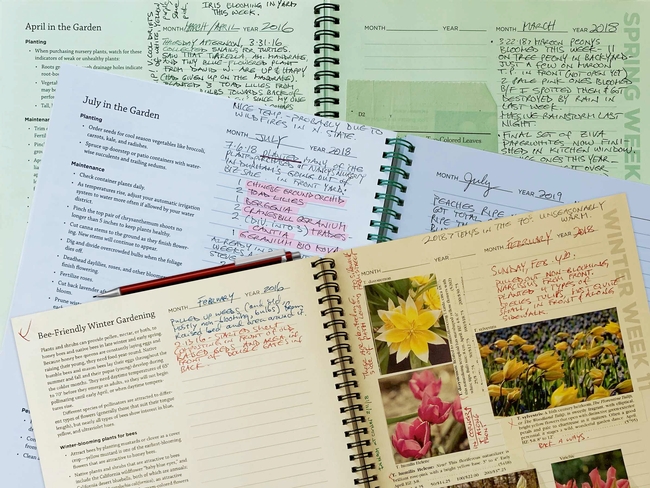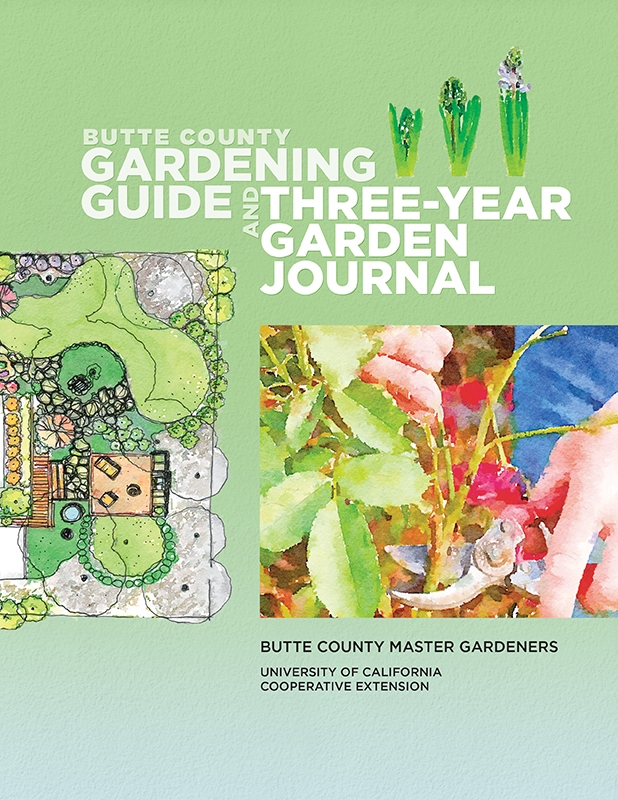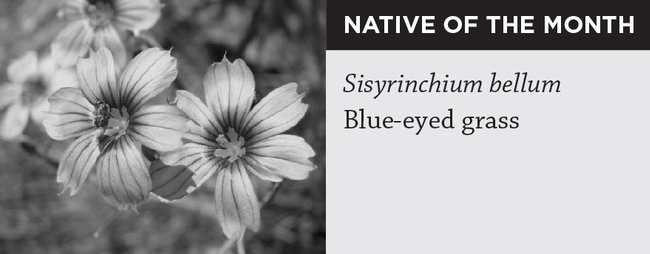Educating the public about the best gardening practices for our region is the primary mission of the UC Master Gardeners of Butte County. A terrific example of our educational outreach was on tap at the first offering of our Fall 2019 Public Workshop series. This 90-minute workshop focused on getting the most out of our Gardening Guide and Three-Year Garden Journal, a publication full of useful information, seasonal tips, and regional plant wisdom specific to Butte County.

Designed with journaling and record keeping in mind, the interactive part of the Guide follows the seasonal introductions. Each of the thirteen weeks of the season is given a two-page layout which features three lined columns, each to be headed by the month and year of use, and filled in by the user as they wish. On the left side of each two-page layout is a short, pertinent article. Helpful tips and items of interest appear on the lower right.

All-in-all this Gardening Guide is a handy resource for gardeners of all abilities and preferences. But lecturing about what's in the Guide is one thing – getting us into it hands-on is another, and as a good teacher, Hill knew how important it was to engage us in this educational material. To that end, she had prepared a series of garden-, plant-, and climate-related questions, each of which was printed out and pasted onto colored construction paper. Colors were coded by season, and workshop participants were grouped by season/color to locate the answer to each question within the Guide.
About two-thirds of the workshop participants had brought their own dog-eared (or hardly used) Garden Guides with them – the others were able to purchase them on site before we began. Within our groups, we began to leaf through our Guides – the cleverly formulated questions directed us variously to the table of contents, planting guides, pest tables, and task lists.
A former community college instructor myself, I valued group work as an educational tool, and learned to gauge the success of an exercise by the level of noisy interaction occurring in each group. Judging by that criterion, Hill's color-coded questions were a success – we were discovering, learning, and helping each other. Better yet, we were using the Guide as it was intended.
A second benefit of group work is when each team shares the outcome of its investigation. And here is where even more learning occurs – individuals share experiences and knowledge – all of us tapping into expertise that would not have been available in a traditional lecture-oriented class.


The Garden Guide and Three-Year Garden Journal is currently available in Chico at Magnolia Gift and Garden, the Patrick Ranch Gift Store, the Butte County Cooperative Extension Office in Oroville and all Master Gardener workshops.
To learn more about UC Butte County Master Gardeners and our upcoming workshops and events, and for help with gardening in our area, visit our website. If you have a gardening question or problem, call our Hotline at (530) 538-7201 or email mgbutte@ucanr.edu.